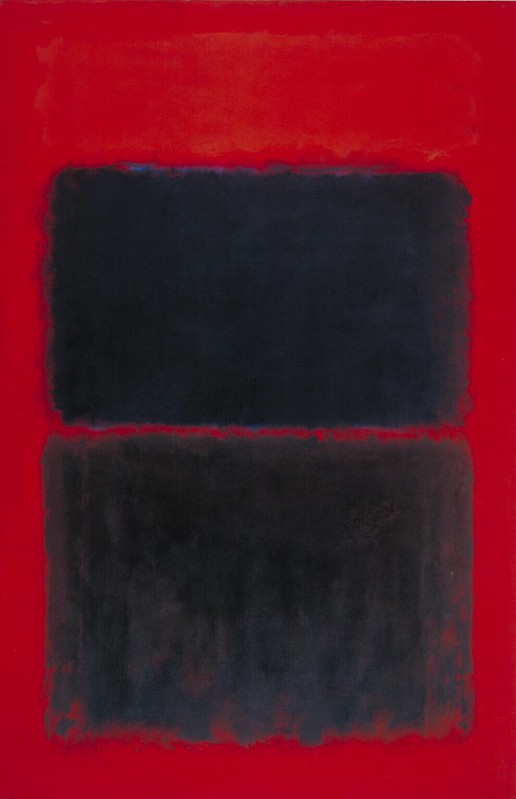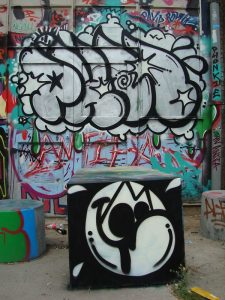Abstract artworks can be puzzling. You’re looking at shapes, colors, and lines that don’t seem to represent anything familiar. But that’s kind of the point. These pieces aren’t trying to imitate reality like a landscape or portrait might. Instead, abstract artworks focus on conveying ideas, emotions, and perspectives in a different way—one that doesn’t rely on recognizable forms. The beauty of it is that it lets you interpret things based on what you see and feel.
How Abstract Artworks Evolved
Abstract artworks have been around for over a century. Artists like Wassily Kandinsky and Piet Mondrian were some of the first to break away from traditional, realistic art in the early 20th century. They started playing around with colors, lines, and forms in ways that were new at the time. Kandinsky believed that art could go beyond what we see in the physical world, tapping into something deeper, even spiritual. Mondrian took it another step by using simple geometric shapes to express complex ideas.

Source: Piet Mondrian, rawpixel.com – Attribution (CC BY 2.0) – https://flic.kr/p/2n6pGyC
Since then, abstract art has gone through all kinds of transformations. Movements like Cubism, led by artists like Pablo Picasso and Georges Braque, began breaking down objects into geometric shapes, challenging how people saw depth and form. Later on, artists like Jackson Pollock and Mark Rothko from the Abstract Expressionist movement took things in a more emotional and spontaneous direction. They used bold colors and dynamic forms to create feelings that words couldn’t easily describe.
The Role of Color and Form in Abstract Artworks
In abstract artworks, color and form are everything. They’re not just tools to depict something specific, like in a realistic painting. Instead, they work together to stir up emotions and ideas. A deep blue might make you feel calm or even sad, while a splash of bright yellow could bring out joy or energy. Shapes play a big role, too. Large blocks of color or sharp, jagged lines can tell a story, but it’s often up to you to figure out what that story is.
The beauty here is that abstract artworks invite you to slow down and really look. There’s no right or wrong way to interpret them. One person might see a chaotic mix of shapes as stressful, while someone else finds it peaceful. What you take from the art depends on your own experiences, mood, and thoughts at the moment.
How Viewers Play a Part
Unlike a painting of a landscape where the meaning is clear, abstract artworks leave a lot up to you, the viewer. Your interpretation is a key part of the experience. The artist might have had one idea in mind when creating the piece, but what you see or feel when you look at it could be entirely different.
Take Jackson Pollock’s famous drip paintings, for example. Some people might look at them and feel overwhelmed by the seeming chaos of the drips and splatters. Others might find a rhythm and order in the way the paint moves across the canvas. And that’s what makes abstract artworks so unique—they offer a personal experience for everyone.
The Emotional Power of Abstract Artworks
Abstract artworks have a way of getting straight to your emotions. Because they don’t rely on familiar images, they connect with you on a deeper level. They tap into the subconscious, pulling out feelings you might not even be aware of. Mark Rothko’s large fields of color, for instance, can make you feel something profound, even if you can’t quite put it into words. Standing in front of one of his paintings, you might feel calm, sad, or even overwhelmed by the intensity of the color. It’s art that bypasses your rational mind and goes straight to your gut.

Source: Mark Rothko, Light Red Over Black, 1957 – G. Starke – Attribution-ShareAlike 2.0 Generic – https://flic.kr/p/269meY3
The Bigger Picture Behind Abstract Artworks
Abstract artworks aren’t just floating around without context. They’re shaped by the world around them, influenced by culture, philosophy, and even politics. Mondrian, for instance, was inspired by Theosophy, a spiritual movement, which led him to create balanced, geometric paintings meant to reflect a sense of universal harmony.
On the other hand, abstract expressionists like Rothko and Pollock worked during a time of existential questioning in the mid-20th century. Their work often explores themes of human existence, freedom, and emotion, influenced by the philosophical and cultural conversations happening at the time.
Final Thoughts
Abstract artworks don’t give you a roadmap. They don’t tell you what to think or feel. Instead, they invite you to explore your own emotions, thoughts, and reactions. Each piece is a chance to experience something personal and unique, even if you don’t quite know how to describe it. They push you to see beyond the surface and find meaning in the unexpected, making every viewing an opportunity to connect with art—and yourself—in a new way.




